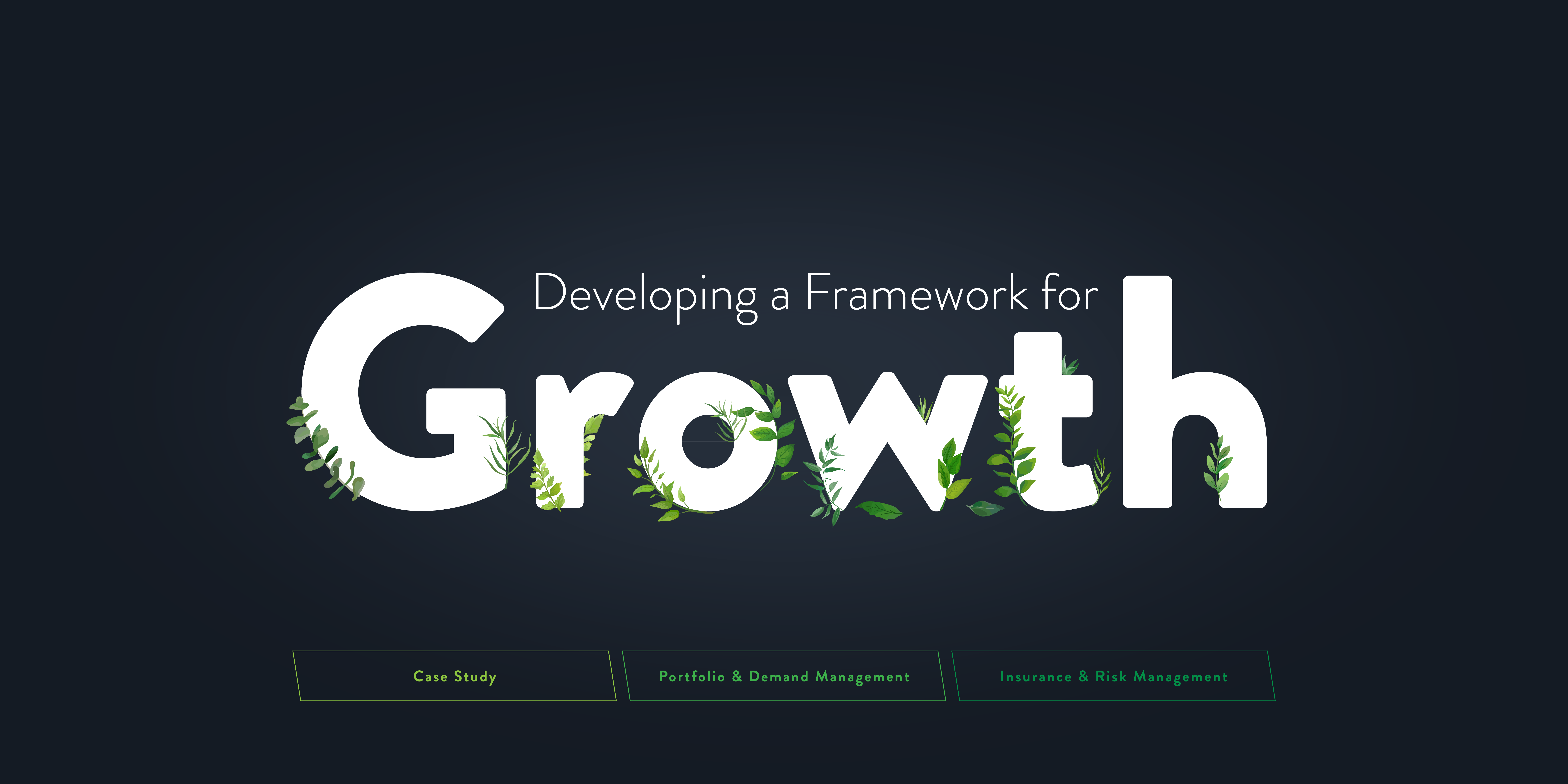To ensure that a global insurance company could effectively optimize its investments, Veracity worked with the brand to build and implement an overall demand and portfolio management structure.
The Challenge
As you can imagine, operating as a singular brand with every region moving in the same direction is incredibly difficult. This struggle was felt by a large, global insurance brokerage firm that partners with companies in more than 125 countries and works out of more than 100 locations.
Whether it’s handling competing projects or navigating the change that comes with time, the size and scale of these efforts can become chaotic. The insurance company quickly recognized that it didn’t have a way to prioritize all incoming project requests and it lacked an established process to evaluate the business case, appropriately prioritizing each new project based on the potential value it could provide to the organization.
That’s why it engaged Veracity as its business transformation partner to redefine and establish a more cohesive and streamlined approach to review, analyze, and execute large-scale initiatives, while also maintaining day-to-day tasks and projects.
The Solution
Recognizing the framework should align with and map to its multi-year transformation initiatives, the brokerage asked Veracity to create a portfolio and demand management solution that worked across departments, projects, objectives, and timelines. Veracity set out to provide a comprehensive governance framework specific to the business, including its existing state, immediate needs, and goals.
This framework would allow the company to:
- Simplify the process for gathering organizational needs or requirements.
- Utilize a fact-based assessment of proposed work requests.
- Establish priorities from agreed-upon business criteria.
- Provide information on priorities and timing, both prior to and during project execution.
- Link with resource processes that track/manage assignments of staff to projects.
- Ensure that status is always known and communicated for all projects, both planned and in progress.
Veracity then worked with the firm to create a demand-prioritization model to make sure these objectives could be realized. The model was a governance structure assessing its current-state processes and future-state demand model. Then, the Veracity team designed an intake platform for capturing all relevant demand information using its existing technology platforms.
Before the framework could be put into practice, Veracity needed to remove a few roadblocks. This included defining the tools, processes, and reporting requirements to fill gaps, as well as identifying key personnel for initial interviews. Veracity also assisted in designing the intake process, finalizing a reporting structure, and building a change management and communication plan for enterprise-wide adoption.
The brand placed full-time staff to support the portfolio management program, and Veracity provided a robust knowledge transfer initiative to this team to support both the framework and overall approach to the firm’s newly established portfolio management.
The Results
The company continues to leverage Veracity’s portfolio and demand management solution and incorporate the approach to ensure its long-term transformation initiative proceeds on time and on budget, while also better managing, prioritizing, and approving new projects.
As a result of the new solution, it can now establish priorities from agreed-upon business criteria, share responsibility for investment decisions, utilize a fact-based assessment of proposed work requests, and can have planned connectivity with resource processes that manage assignments of staff to projects.

